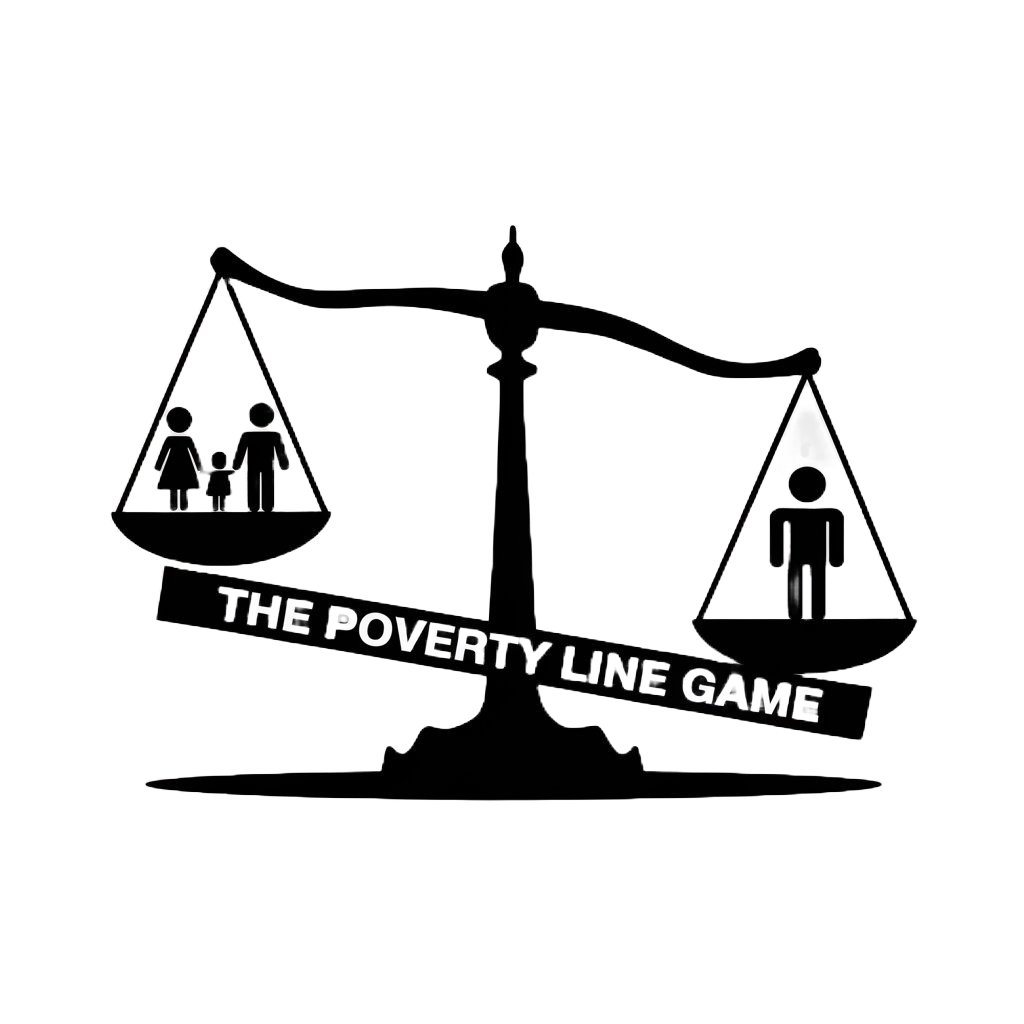
The Poverty Line
Current Poverty Measures
📊 The OPM, developed in the 1960s, calculates poverty based on pre-tax cash income. It compares a family's income to a set of poverty thresholds determined by family size, composition, and the age of the householder.
💡 Example:
In 2019, the poverty threshold for a family of four with two children under 18 years old was $26,017. If this family's pre-tax cash income was below $26,017, all members would be considered in poverty.
✅ Pros:
- Simplicity and ease of calculation
- Consistent measurement over time
- Widely used and recognized
❌ Cons:
- Outdated consumption patterns
- Limited resource definition
- Ignores essential expenses
- Overestimates/underestimates poverty
📈 The SPM, introduced in 2011, offers a more comprehensive assessment of poverty by addressing many of the OPM's shortcomings.
🔍 Key Features:
- Expands resource definition (includes non-cash benefits)
- Accounts for essential expenses
- Adjusts for geographic differences
- Utilizes a more inclusive family definition
✅ Pros:
- More accurate reflection of economic well-being
- Contemporary perspective on poverty
- Accounts for geographic variations
❌ Cons:
- Limited historical data
- More complex to calculate
- Not yet widely used for policy purposes
🍽️ This measure assesses whether households have consistent access to enough food for an active, healthy life, addressing hunger as a form of poverty.
🔑 Key Aspects:
- Evaluates food access and availability
- Considers nutritional quality
- Assesses consistency of food supply
This measure provides insights into a specific aspect of poverty, focusing on the fundamental need for adequate nutrition.
💼 This measure calculates the income necessary for a household to meet basic needs without subsidies, taking into account local costs of living.
📊 Factors Considered:
- Housing costs
- Childcare expenses
- Food costs
- Transportation expenses
- Healthcare costs
The Self-Sufficiency Standard provides a more realistic picture of what it takes for families to make ends meet in different geographic areas.
🌐 Developed by the UN, the MPI considers factors like education, health, and living standards, recognizing that poverty goes beyond just a lack of income.
🔍 Key Dimensions:
- Education (years of schooling, school attendance)
- Health (nutrition, child mortality)
- Living Standards (electricity, sanitation, drinking water, housing, cooking fuel, assets)
The MPI provides a more comprehensive view of poverty, capturing various aspects of deprivation that individuals and families may experience.